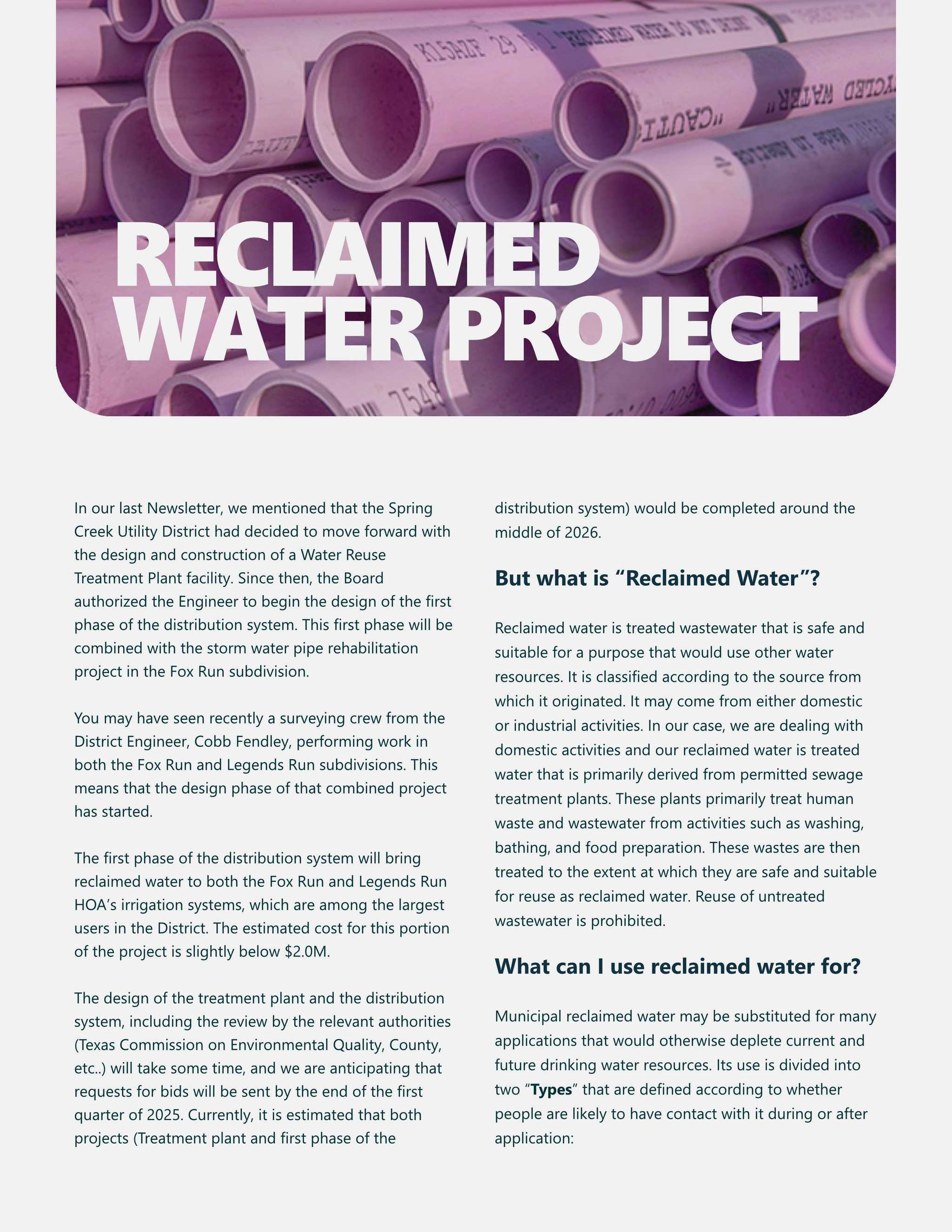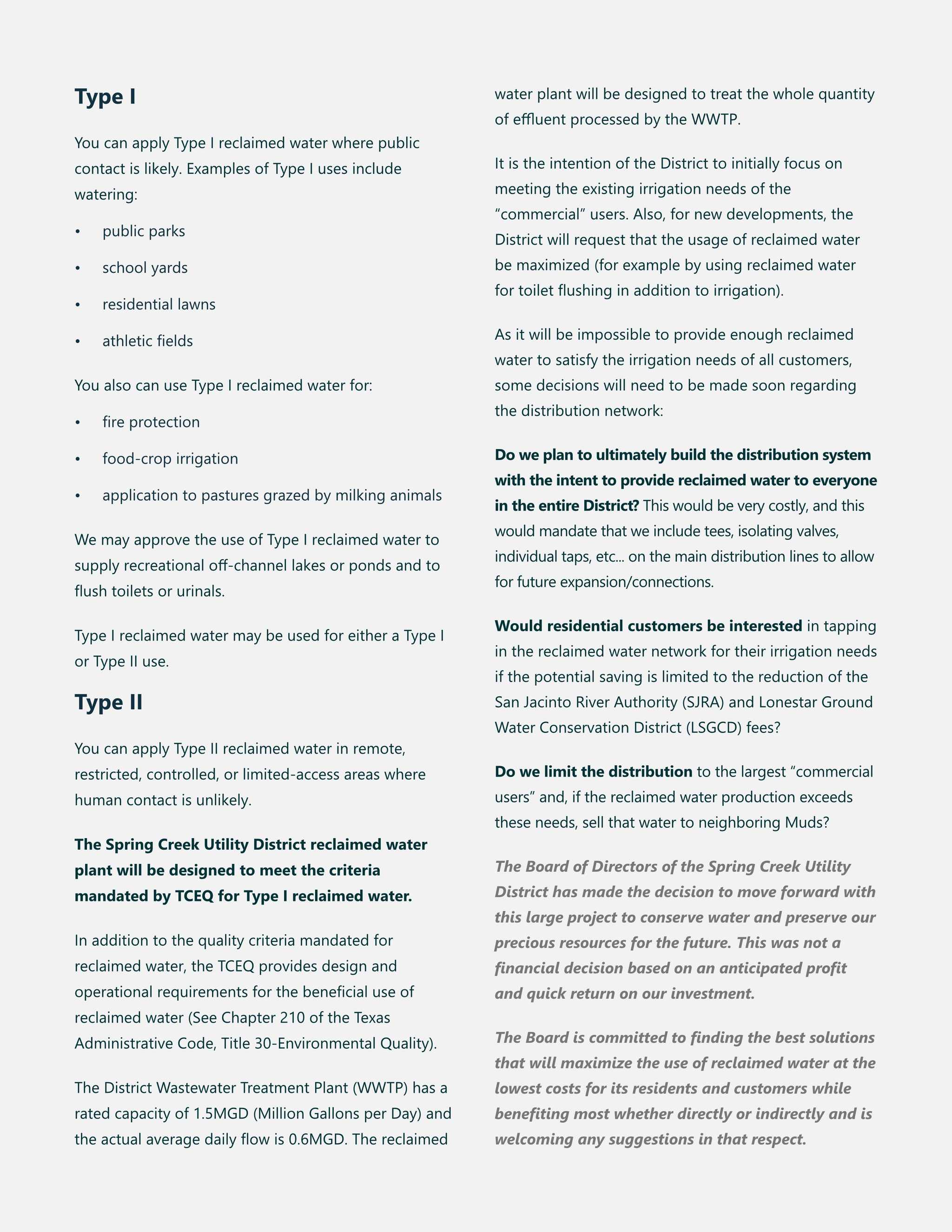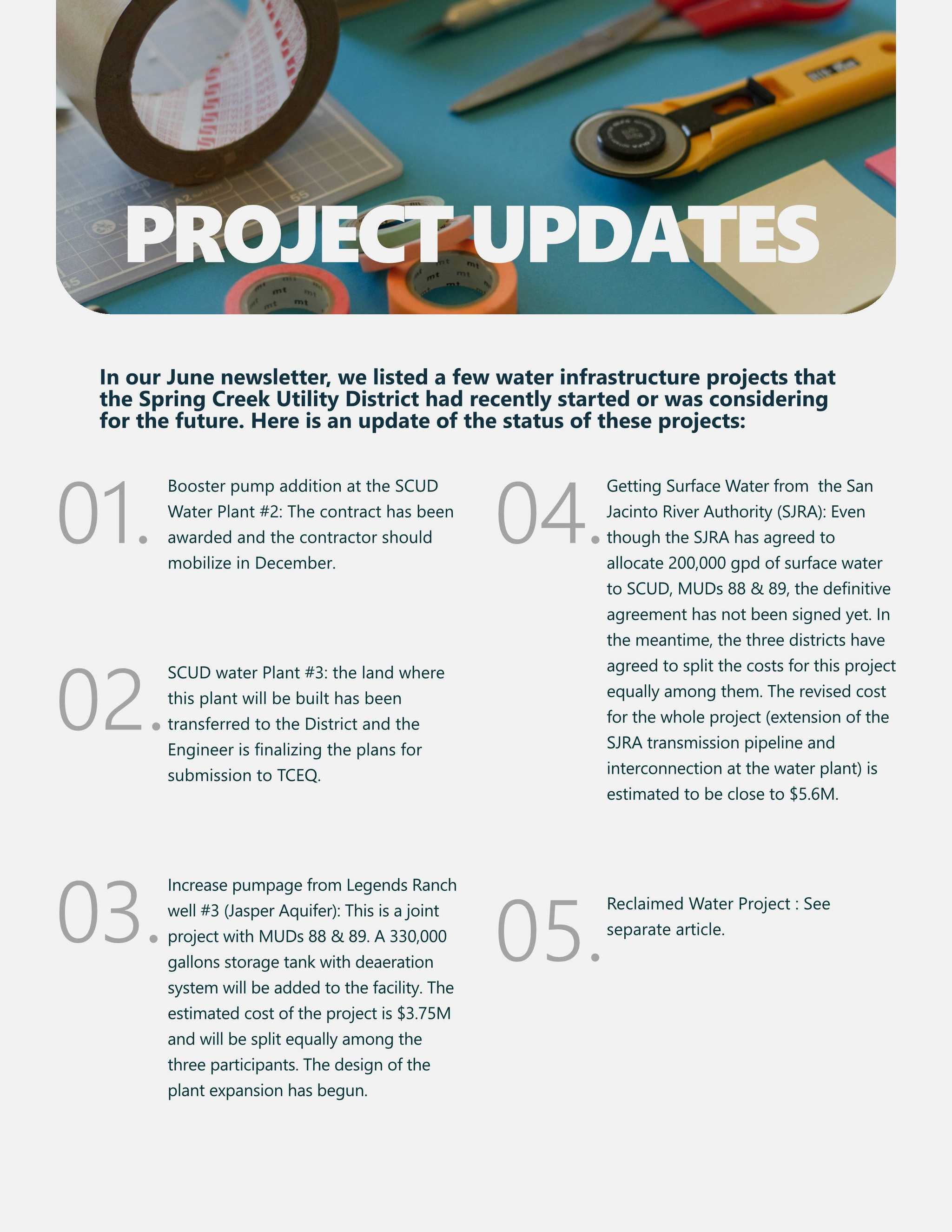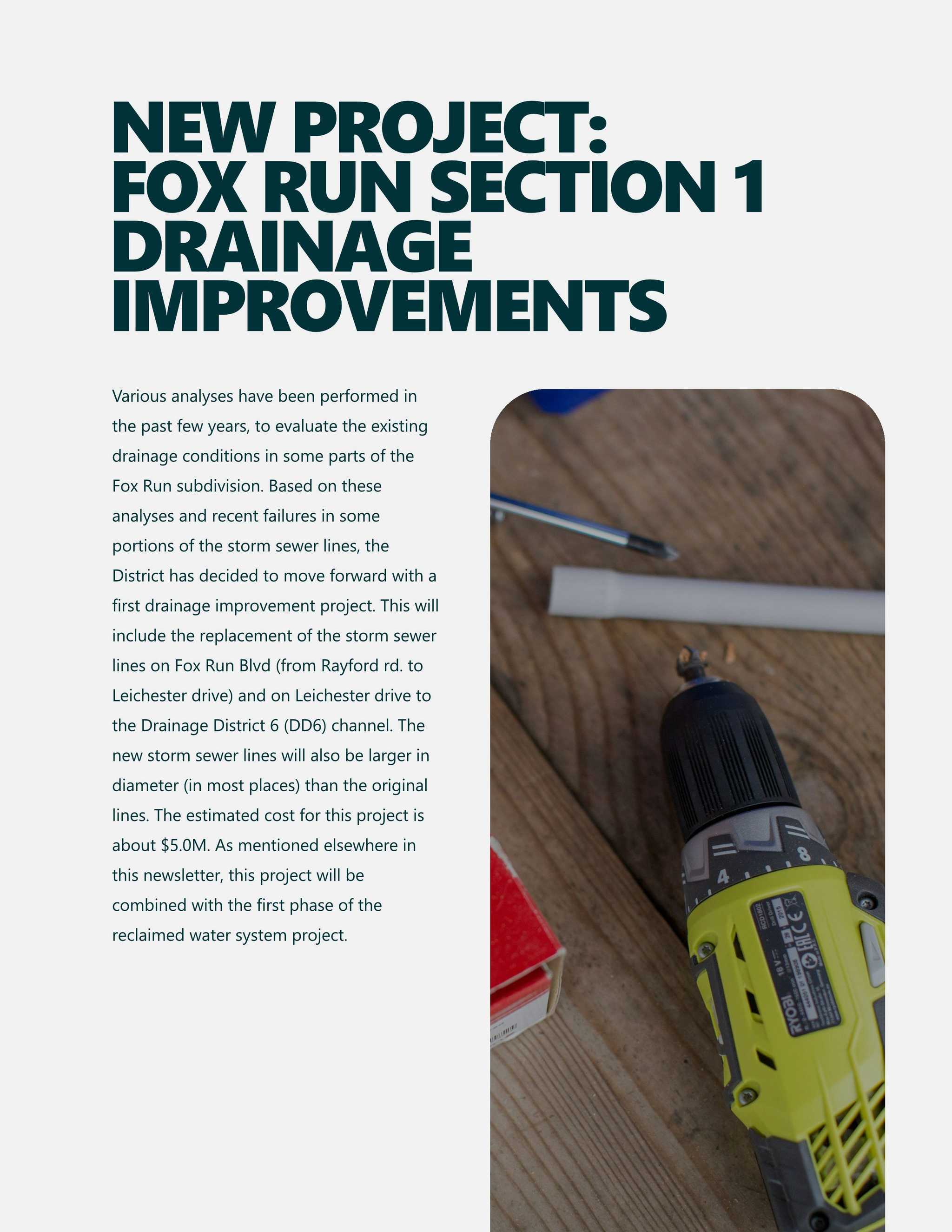
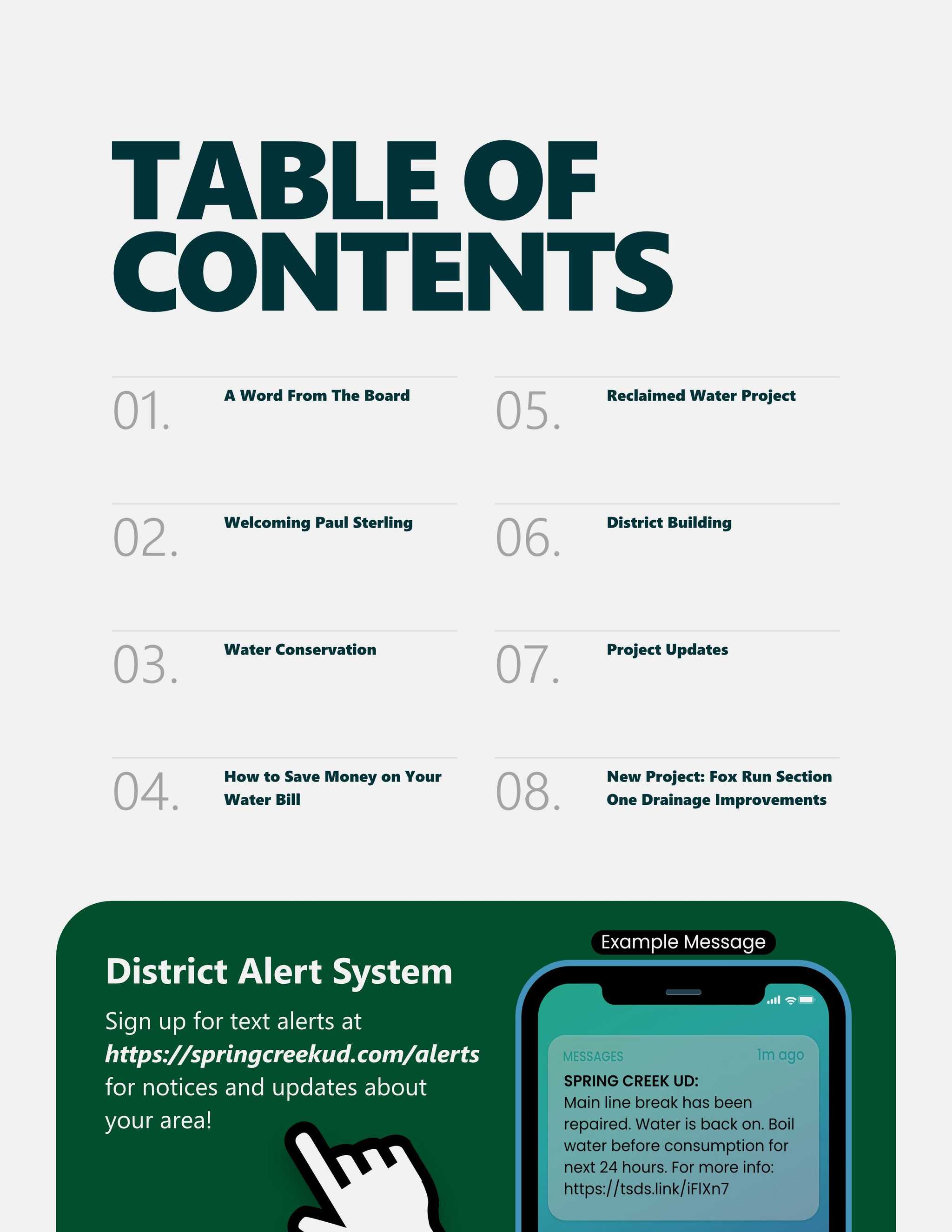
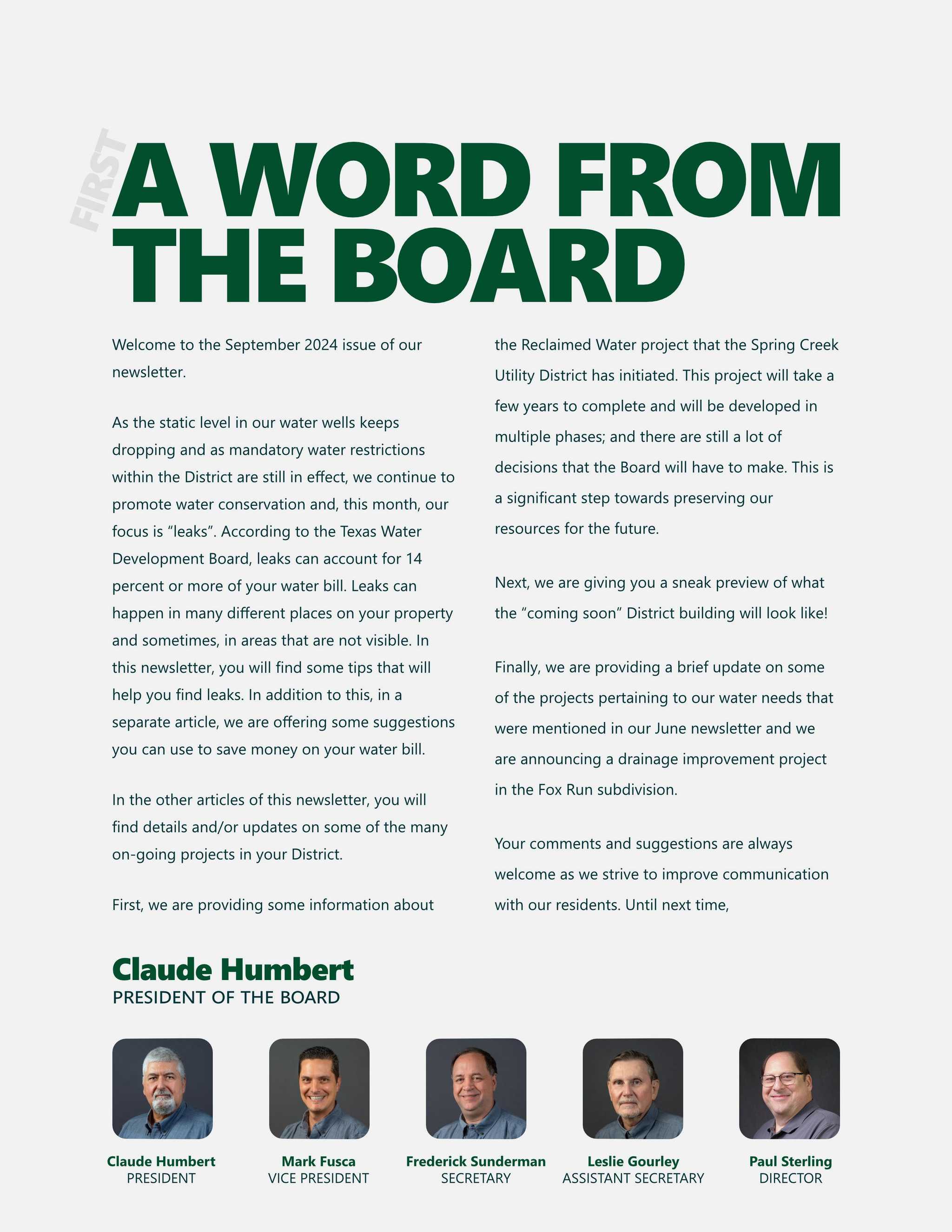

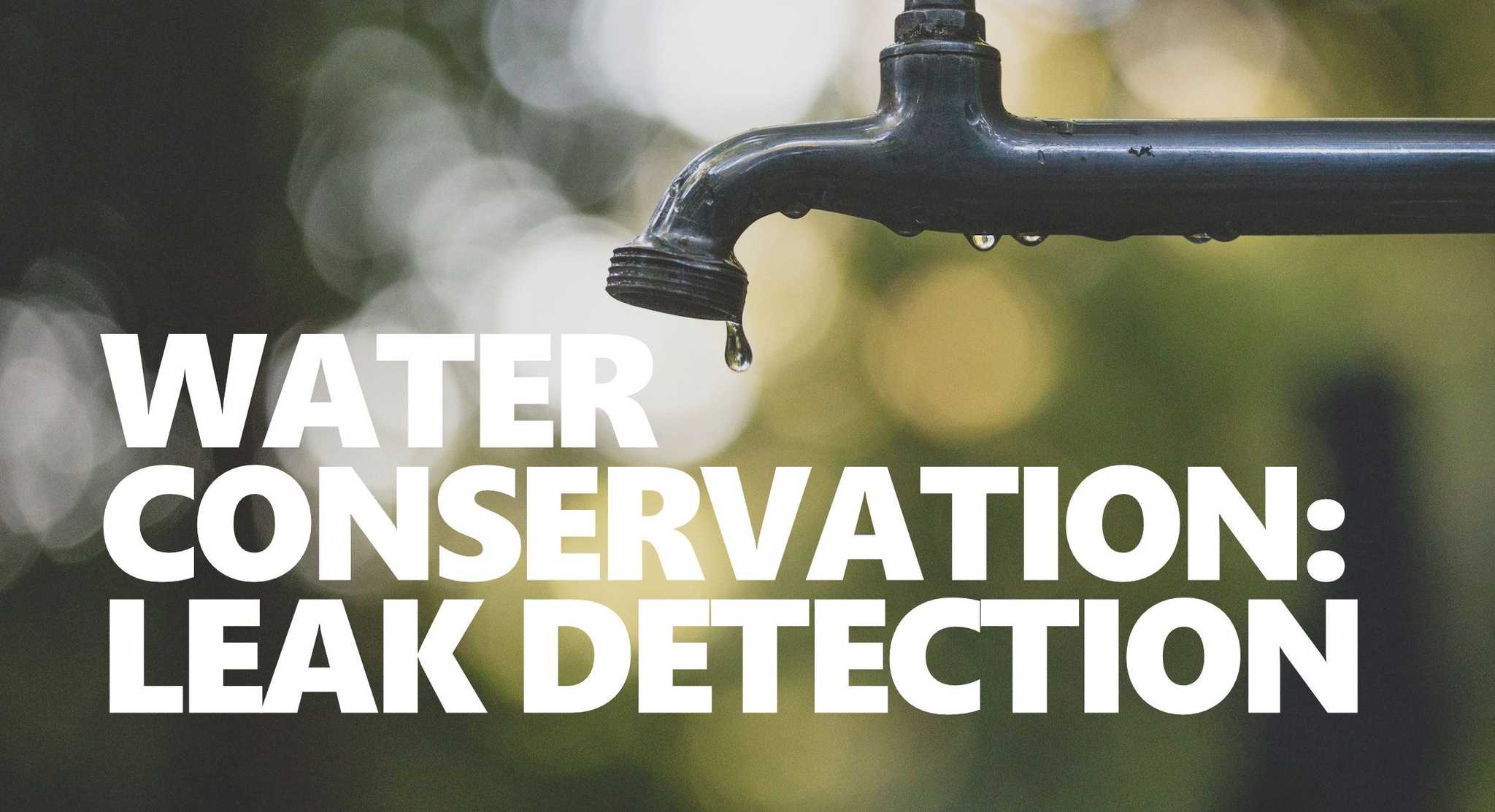
As we continue in Stage 2 of the Drought Contingency Plan, each resident needs to do their part in detecting leaks and conserving water where possible. Here are some tips to check for leaks in and around your home:
- Residents can use their Smart Meters to monitor their water usage and set up leak alerts. To learn more about how to use Smart Meters and sign up for EyeOnWater, Click here.
- By utilizing Smart Meters and the EyeOnWater app, residents can lower their monthly water usage.
- Plan a time in the home for no usage, while monitoring the EyeOnWater app, and check to see if the app is detecting usage. If it is, you will likely have a leak.
- Residents can add dye tablets or food coloring into the tank of the toilet and wait 30 minutes to an hour and check the bowl. If there is color in the bowl, there is a leak, and this should be addressed.
- Ask a professional to come to the home and detect leaks if necessary. This can be done non-invasively and with thermal imaging to detect leaks through walls.
- Residents can check irrigation systems for leaks by walking the property while the system is on and checking for any soggy soil or flooded areas in the yard. Irrigation lines can often crack or break with changes in the temperature of the ground and damage from vehicles, so it is important to check lines near the driveway.
- Residents can check to see if certain areas of the yard are more lush, green and growing faster than others. If that is the case, there is likely excess water being used in that area
- If Residents have water softeners installed, they should be checked frequently as leaks can go unnoticed in these devices.
- If Residents own a pool, water bills may fluctuate based on usage. It is ideal to use the EyeOnWater App to monitor average usage during these times.
- Shutting off the house valve and checking to see if the meter is still ticking upward would determine if there is a leak on the service line leading towards the residents home. This would still be the residents’ responsibility as it is after the District’s meter.
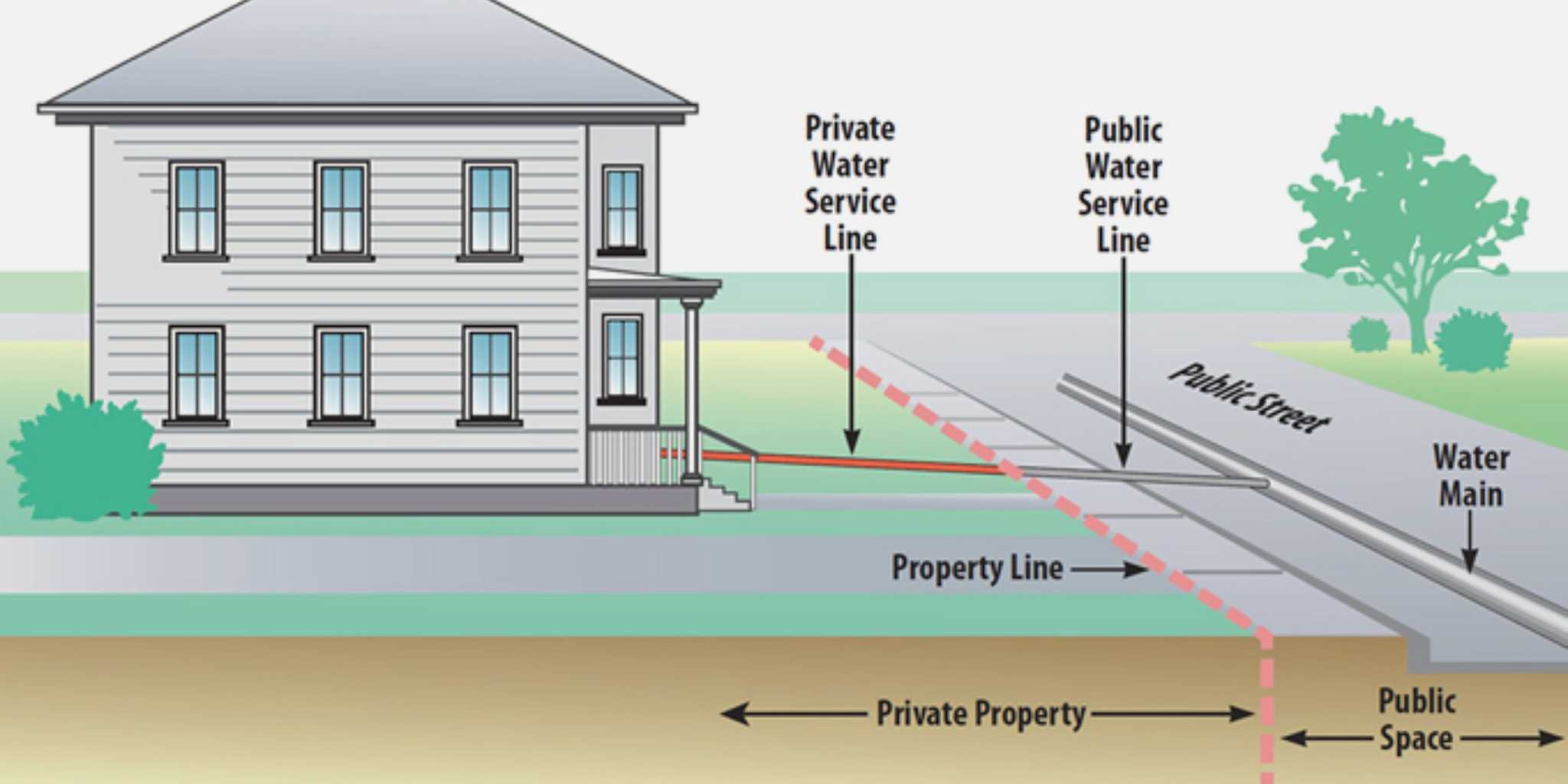
- Know average usage in the home. Residents should be aware of their average usage, so when leaks do occur, it is more obvious and easily fixed. Overall, this is costing the resident less money and conserving water in the process.
- Residents should be vigilant to report leaks they notice in the District. If there are any leaks in your area, you can report them on the website on the Contact Us page
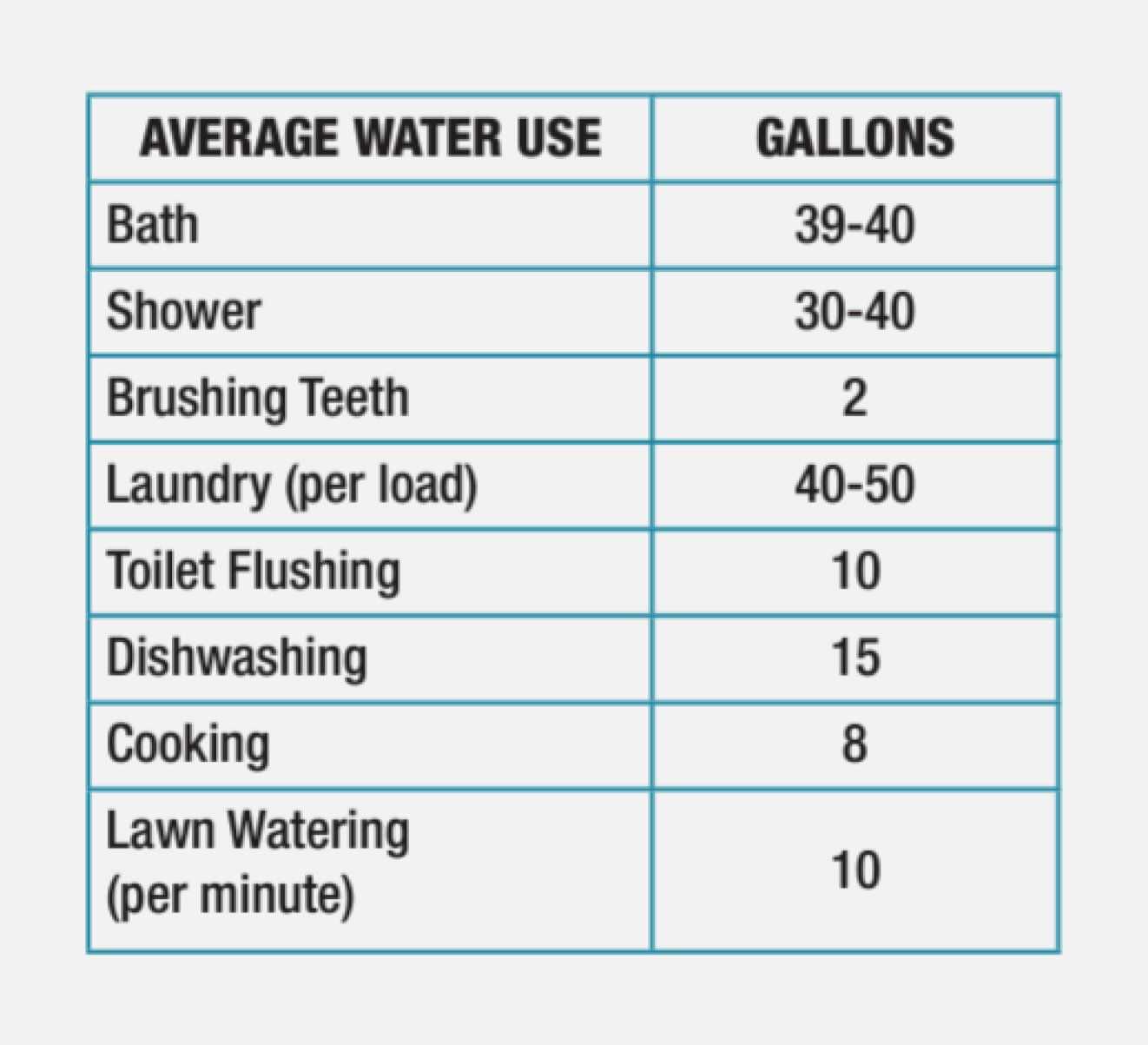
The District is taking steps to proactively alert residents of their own leaks to help prevent water waste and notify customers accordingly. Leaks are the number one reason for an abnormally high water bill! Residents may be alerted by the District via door tag if there is a suspected leak in their home or if they have higher than average water consumption.

We all know that in the summer months bills can increase due to the amount of water usage increasing and the temperatures outdoors rising. Here are some tips to keep your water bill lower during the summer months:
Consider your Smart Meter
Smart Meters are your number one tool when it comes to saving money and conserving water. By utilizing the EyeOnWater App, Residents can monitor and track water usage and set up leak alerts. Residents can also track their irrigation usage and high usage times.
Adjust watering times
Changing irrigation to avoid watering between the times of 10am-6pm. This is due to the sun causing higher evaporation rates during those hours. Both the plants and the soil will have more time to absorb water if they are watered within the early morning or late evening hours.
Fixing leaks
If there is a leak found in the home, do not wait to repair it. Leaks are very costly and can get worse over time. Check toilets, sinks, appliances, and irrigation systems checked regularly for leaks and have them maintained by a professional.
Catching rainwater
Harvesting rainwater is a fantastic way to conserve water. Large box stores offer rain barrels of many shapes and sizes to fit individual home needs. Rain barrels are relatively simple to install outdoors around the home and can be used in place of a garden hose to water plants.
Water conservation in the home
Residents can practice in-home water conservation, such as shorter shower times, turning off the water when not in use while brushing teeth and washing dishes. Keep in mind that a 10-minute shower uses approximately 25 gallons of water. Residents can also aid in lowering water usage by only using the washer or dishwasher when there is a full load of laundry or dishes. For more information on water conservation, you can view our previous issue of the Spring Creek Quarterly Newsletter Here.
There are many ways to save money and conserve water around the home. In Texas water conservation is not just for the heat of the summer, but can be utilized year-round. Many areas of the state can benefit from smart water usage throughout the year, especially during rainy season when residents need to use less water overall, or in drought season when water is a more precious resource. Let mother nature aid in taking care of our beautiful landscapes.
